@Christoph's code is fantastic - although some of the functions no longer work as originally written, presumably due to breaking changes in R over time.
As @user7779697 points out above, the viaroute() function needs be updated to accommodate code changes to R.utils that saw deprecation of evalWithTimeout, replacing it with withTimeout as follows:
R.utils::withTimeout()
I also ran into issues with the map_route() function, corrected by removing the braces from the internal for loop.
I've pasted the full updated code below which works with R Version 4.2.1 - I take no credit for this excellent work, only to get it back up and running with version changes:
library(leaflet)
library(stringr)
library(bitops)
df <- structure(list(
lat = c(-33.9409444, -33.9335713, -33.9333906, -33.9297826),
lng = c(18.5001774, 18.5033218, 18.518719, 18.5209372)),
.Names = c("lat", "lng"),
row.names = c(NA, 4L), class = "data.frame")
nn <- nrow(df)
# Functions
# =========
viaroute <- function(lat1, lng1, lat2, lng2) {
R.utils::withTimeout({
repeat {
res <- try(
route <- rjson::fromJSON(
file = paste("http://router.project-osrm.org/route/v1/driving/",
lng1, ",", lat1, ";", lng2, ",", lat2,
"?overview=full", sep = "", NULL)))
if (class(res) != "try-error") {
if (!is.null(res)) {
break
}
}
}
}, timeout = 1, onTimeout = "warning")
return(res)
}
decode_geom <- function(encoded) {
scale <- 1e-5
len = str_length(encoded)
encoded <- strsplit(encoded, NULL)[[1]]
index = 1
N <- 100000
df.index <- 1
array = matrix(nrow = N, ncol = 2)
lat <- dlat <- lng <- dlnt <- b <- shift <- result <- 0
while (index <= len) {
# if (index == 80) browser()
shift <- result <- 0
repeat {
b = as.integer(charToRaw(encoded[index])) - 63
index <- index + 1
result = bitOr(result, bitShiftL(bitAnd(b, 0x1f), shift))
shift = shift + 5
if (b < 0x20) break
}
dlat = ifelse(bitAnd(result, 1),
-(result - (bitShiftR(result, 1))),
bitShiftR(result, 1))
lat = lat + dlat;
shift <- result <- b <- 0
repeat {
b = as.integer(charToRaw(encoded[index])) - 63
index <- index + 1
result = bitOr(result, bitShiftL(bitAnd(b, 0x1f), shift))
shift = shift + 5
if (b < 0x20) break
}
dlng = ifelse(bitAnd(result, 1),
-(result - (bitShiftR(result, 1))),
bitShiftR(result, 1))
lng = lng + dlng
array[df.index,] <- c(lat = lat * scale, lng = lng * scale)
df.index <- df.index + 1
}
geometry <- data.frame(array[1:df.index - 1,])
names(geometry) <- c("lat", "lng")
return(geometry)
}
map <- function() {
m <- leaflet() %>%
addTiles(group = "OSM") %>%
addProviderTiles("Stamen.TonerLite") %>%
addLayersControl(
baseGroups = c("OSM", "Stamen.TonerLite")
)
return(m)
}
map_route <- function(df, my_list) {
m <- map()
m <- addCircleMarkers(map = m,
lat = df$lat,
lng = df$lng,
color = "blue",
stroke = FALSE,
radius = 6,
fillOpacity = 0.8) %>%
addLayersControl(baseGroups = c("OSM", "Stamen.TonerLite"))
for (i in 1:length(my_list)) {
m <- addPolylines(map = m, lat = my_list[[i]]$lat, lng = my_list[[i]]$lng, color = "red", weight = 4)
}
return(m)
}
# Main
# ======
m <- map()
m <- m %>% addCircleMarkers(lat = df$lat,
lng = df$lng,
color = "red",
stroke = FALSE,
radius = 10,
fillOpacity = 0.8)
print(m)
my_list <- list()
r <- 1
for (i in 1:(nn-1)) {
for (j in ((i+1):nn)) {
my_route <- viaroute(df$lat[i], df$lng[i],df$lat[j], df$lng[j])
geom <- decode_geom(my_route$routes[[1]]$geometry)
my_list[[r]] <- geom
r <- r + 1
}
}
print(map_route(df, my_list))


